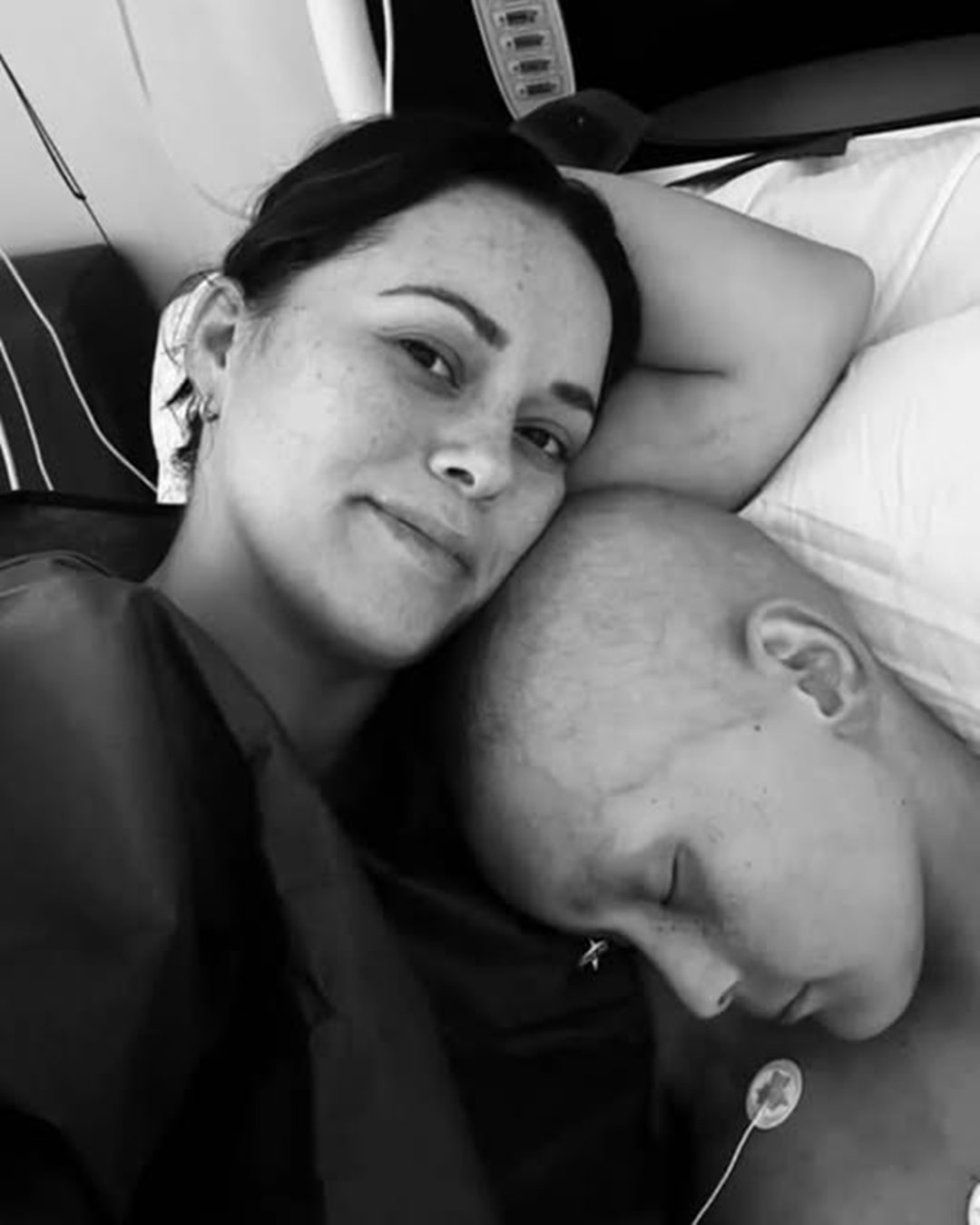In 1980, Richard Williams sat watching TV when a Romanian tennis player walked away with a $40,000 prize check. The number hit him hard—it was more than he earned in a year. That night, he made a decision that would change history: his future children would become tennis champions.
There was just one problem—he knew nothing about the sport, and his daughters weren’t even born yet.
So Richard taught himself the game. He wrote a 78-page plan, scavenged used tennis balls, and trained Venus and Serena on cracked Compton courts. He endured beatings from gangs, shrugged off prejudice at tournaments, and reminded his girls, “They’ve never seen such beautiful people before.”
Two decades later, Venus lifted the Wimbledon trophy, and Serena went on to become one of the greatest athletes of all time.
Richard wasn’t perfect, but his vision and relentless belief gave the world two champions—and proved that dreams born in the most unlikely places can rewrite history.
The legend of Richard Williams often begins with that 78-page plan, a document that has achieved almost mythical status in sports history. Yet, to fully grasp its genius is to understand that it was never just about tennis. It was a master blueprint for life, meticulously designed to forge not just athletes, but resilient, educated, and mentally fortified women. While other coaches focused on the mechanics of a perfect forehand or a powerful serve, Richard was engineering a mindset. He had studied the careers of other prodigies and saw a recurring pattern of burnout, financial ruin, and emotional distress. His plan was a detailed counter-strategy, a declaration that his daughters’ well-being would always supersede their athletic achievements. It included sections on building unwavering confidence, handling the press, understanding business, and, most importantly, prioritizing education. He was crafting champions who could conquer the world both on and off the court, ensuring their success was sustainable and their spirits intact.
The execution of this plan took place in the most improbable of settings: the public tennis courts of Compton, California. These were not the manicured lawns of an exclusive country club; they were battlegrounds, often littered with broken glass and shadowed by the constant threat of gang violence. This environment, however, became a crucial part of the training. Richard understood that to succeed in the predominantly white, affluent world of professional tennis, his daughters would need more than talent—they would need an armor of impenetrable focus. He famously hired local kids to stand by the court and hurl racial slurs and insults at Venus and Serena as they practiced, a controversial method designed to inoculate them against the hostile crowds he knew they would eventually face. He was turning their greatest disadvantage—their environment—into their most formidable weapon: unshakeable mental fortitude. While others trained for the game, the Williams sisters were being trained for the war.
Their journey from Compton to the global stage was a direct assault on the tennis establishment’s rigid traditions. The sport was not ready for the Williams sisters, not for their powerful, athletic style of play that shattered the mold of graceful finesse, not for their colorful outfits and beaded hair that celebrated their identity, and certainly not for their outspoken father. Richard Williams became a lightning rod for criticism. He was labeled as arrogant, abrasive, and controlling by a media that failed to see the protective strategy behind his controversial persona. Every boastful prediction he made, every confrontational interview he gave, was a calculated move to absorb the pressure and scrutiny himself. He built a wall around his daughters, allowing them the freedom to develop their game while he fought the battles of perception and prejudice on their behalf. He was their coach, their strategist, their bodyguard, and their biggest advocate, a one-man army against a world that was not prepared to welcome them.
Perhaps the most radical element of Richard’s plan was his decision to pull Venus and Serena from the highly competitive junior tennis circuit. At a time when common wisdom dictated that young players needed constant competition to sharpen their skills, Richard chose a different path. He prioritized their childhood and their education, shielding them from the immense pressure and potential for early burnout that plagued so many other young prodigies. Pundits and coaches across the sport called it career suicide, a foolish move that would stunt their growth. But Richard’s vision was longer-term. He knew that a rested mind and a balanced life would ultimately create a hungrier, more durable athlete. This decision was a testament to his core philosophy: he was raising daughters first, and tennis players second. When they finally emerged onto the professional scene, they were not just skilled; they were mentally fresh, academically grounded, and fiercely determined, proving his unconventional methods to be a stroke of genius.
The legacy of Richard Williams is not merely measured in the 30 Grand Slam singles titles his daughters have won. It is measured in the seismic shift they created in the world of sports. Venus and Serena Williams did not just dominate tennis; they redefined it. They proved that champions could come from anywhere, shattering the sport’s demographic and socioeconomic barriers. They inspired millions of children from diverse backgrounds to pick up a racket, demonstrating that greatness is not tied to privilege. Their story, orchestrated by their father’s unwavering belief, became a global symbol of what is possible when vision is paired with relentless dedication. The 78-page plan, once the private manifesto of a determined father from Louisiana, became a public testament to the power of dreaming beyond one’s circumstances. Richard Williams may have been an imperfect man, but he was the perfect architect for a revolution, building a dynasty on cracked courts and proving that the most powerful force in sports is not technique or talent, but a belief so audacious it has the power to change the world.

In 1980, Richard Williams sat watching TV when a Romanian tennis player walked away with a $40,000 prize check. The number hit him hard—it was more than he earned in a year. That night, he made a decision that would change history: his future children would become tennis champions. There was just one problem—he knew nothing about the sport, and his daughters weren’t even born yet. So Richard taught himself the game. He wrote a 78-page plan, scavenged used tennis balls, and trained Venus and Serena on cracked Compton courts. He endured beatings from gangs, shrugged off prejudice at tournaments, and reminded his girls, “They’ve never seen such beautiful people before.” Two decades later, Venus lifted the Wimbledon trophy, and Serena went on to become one of the greatest athletes of all time. Richard wasn’t perfect, but his vision and relentless belief gave the world two champions—and proved that dreams born in the most unlikely places can rewrite history.












